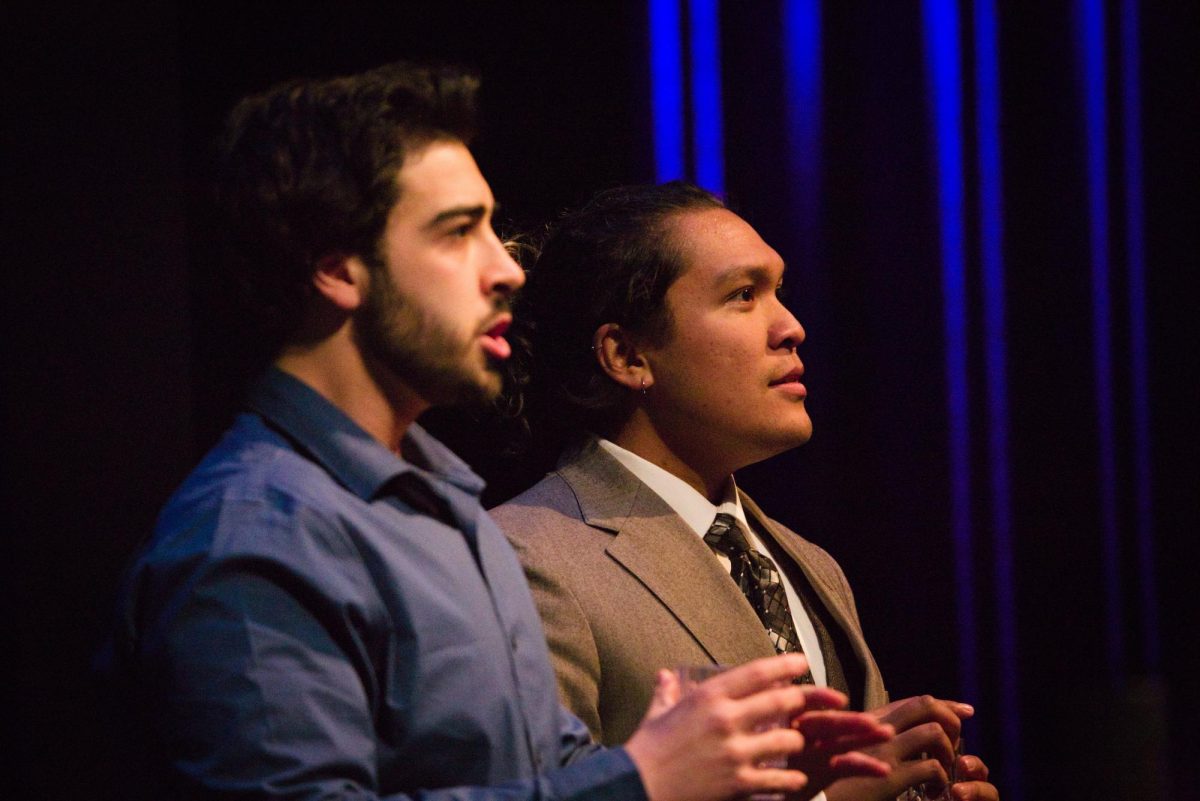BY JULIAN DOUMIT, Staff Reporter
The leaves fall, the ground is covered in a thin layer of frost and the temperature drops. As the days grow shorter, people spend more and more of their lives in darkness. What little sky that is actually seen during the day is gray, a grim reflection of the mindset that afflicts millions of people every winter.
Seasonal Affective Disorder, or SAD, is a medical mystery to scientists. Although a wide variety of factors are believed to contribute, most experts agree that the lack of natural light absorbed by the eyes plays a major part in why certain people react with depression. Meanwhile, others are distracted by impending holidays and wear an attitude of good cheer.
Rhonda McKinney, director of counseling services at the Student Medical and Counseling Clinic, said that SAD affects almost everyone in some way or another, especially in the northwest, where it can be hard to get enough exposure to sunlight during the winter.
“When I come to work, it’s dark.
When I leave it’s dark and the rest of the time I’m inside. It’s the same for many students,” McKinney said. “The days are so short, you have to be purposeful with how you get the natural light that you need.”
McKinney also emphasized that not everyone reacts to the winter equally. Some people will barely notice a change in their mood while others suffer from all the major symptoms of depression.
“There’s a level of serenity for some, but for others things get numbed,” McKinney said. “It’s on a continuum of how much we are affected.”
Something as typical as getting out of bed in the morning can become a major ordeal for many. SAD can cause anything from decreased motivation and enjoyment in performing normal activities to tearfulness, numbness and changes in your appetite and sleep patterns.
This, coinciding with final exams for many students, can be a dangerous combination.
“University of Washington has special UV light therapy rooms that students can go to anytime because seasonal affective disorder is such a big problem there,” said Kyle Cramer, a University of Washington student. “The rooms are usually full this time of year, especially [in] the weeks leading up to finals.”
Final exams for Central are scheduled to be held Dec. 9-12, a time when suicides (the second leading cause of death for college students) are at their peak for universities across the northern hemisphere. While depression and stress are usually treatable ailments, a study done at the University of Michigan found that fewer than one-in-four students suffering from depression, stress or anxiety actively sought treatment.
“I feel like depression is a taboo subject,” said Andrea Comer in an article by The Post addressing depression among college students. “People don’t want to talk about it or get help for it if they need it.”






